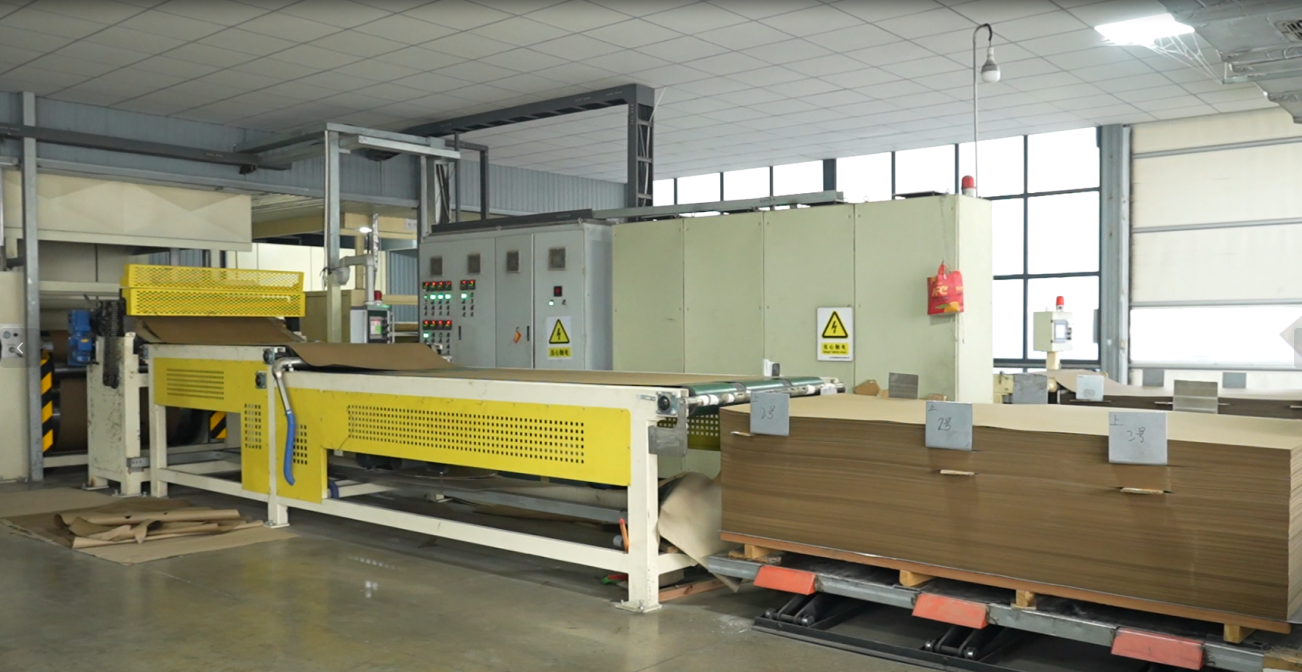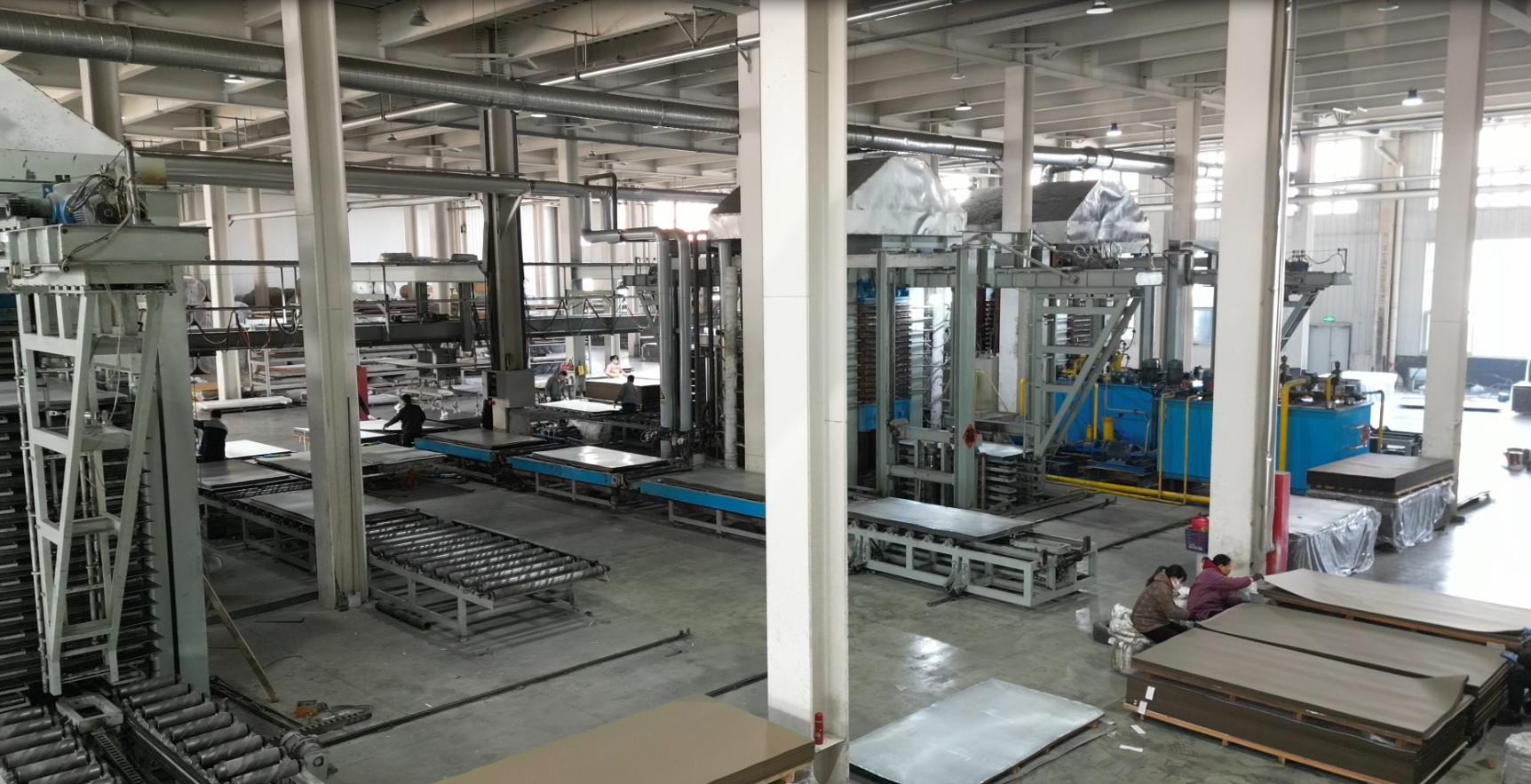When searching for a surface material that is both aesthetically pleasing and incredibly tough for your kitchen countertops, bathroom vanities, or office furniture, you've likely come across High-Pressure Laminate (HPL). But what exactly is HPL? And why is it a preferred choice for architects, designers, and homeowners worldwide?

This ultimate guide will take you deep into the world of High-Pressure Laminate, breaking down its manufacturing process, core benefits, wide-ranging applications, and how to choose the best option for your project.
What is High-Pressure Laminate (HPL)?
High-Pressure Laminate, commonly known as HPL or by its famous brand name Formica, is a composite material made by fusing multiple layers of cellulose paper impregnated with thermosetting resins (like melamine) under high temperature (≥ 120°C) and intense pressure (≥ 70 kg/cm²).This manufacturing process gives HPL its unmatched physical properties. Its basic structure typically consists of:
- Decorative Layer: Printed with patterns (wood grain, stone, solid colors) and overlayered with a wear-resistant melamine sheet.
- Core Layers: Multiple layers of kraft paper that provide the material's thickness and structural strength.
The result is an extremely strong, durable, and easy-to-clean sheet, which is then bonded to a substrate (like particleboard, MDF, or plywood) for use.
Key Properties and Benefits of High-Pressure Laminate
Why is HPL so popular? Here are its key advantages:
- Exceptional Durability and Scratch ResistanceThe surface of HPL is very hard, making it highly resistant to scratches, abrasion, and impact from daily use. This makes it an ideal choice for kitchen countertops, school desks, and high-traffic commercial spaces.
- Excellent Chemical Resistance and Easy CleaningIt is highly resistant to common household chemicals (cleaners, cosmetics). The smooth, non-porous surface prevents stains (from coffee, sauces) from penetrating, allowing for easy cleaning with a damp cloth and ensuring high hygiene standards.
- Vast Design Versatility and AestheticsFrom realistic wood and stone reproductions to vibrant solid colors and modern patterns, HPL offers almost limitless design possibilities. It can mimic the look of expensive materials at a more economical cost.
- Heat Resistance and Fire RetardancyHPL has good thermal resistance, able to withstand hot pots and pans for short periods. Furthermore, it meets strict building fire safety standards (e.g., Class B1), contributing to fire resistance.
- Beyond easy cleaning, HPL does not require periodic waxing or sealing like natural wood, significantly reducing long-term maintenance costs and effort.
Common Applications of High-Pressure Laminate
The versatility of HPL makes it suitable for a wide range of interior and exterior applications:
- Kitchen & Bathroom: Cabinet fronts, countertops, splashbacks.
- Commercial Spaces: Office desktops, reception counters, restaurant tables, hotel furniture.
- Public Facilities: Laboratory countertops in schools, hospital wall cladding, lockers.
- Furniture Manufacturing: Used for bookshelves, wardrobes, drawer fronts, and more.
- Architectural Cladding: Specially formulated HPL panels can be used for building facades, offering both aesthetics and weather resistance.

